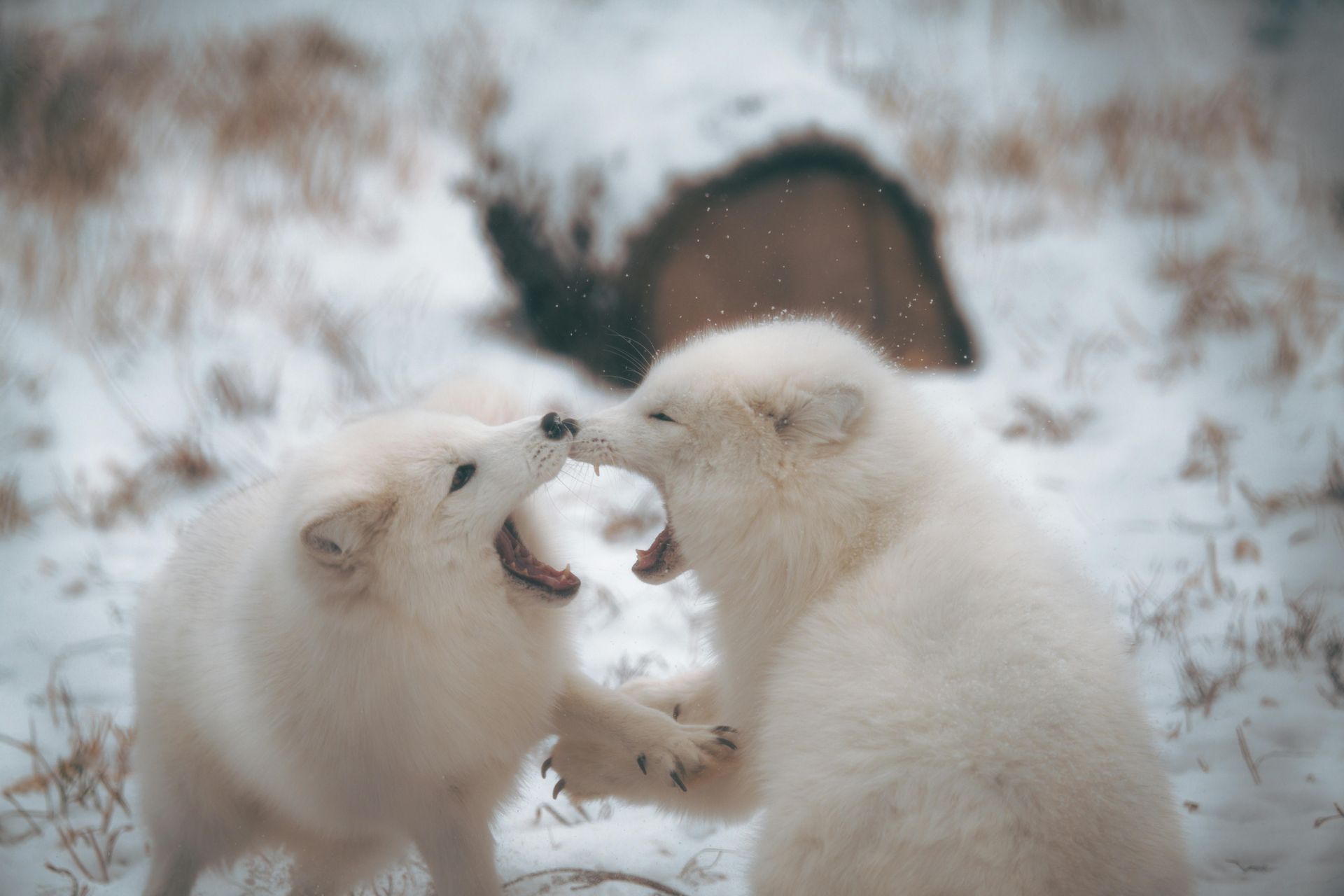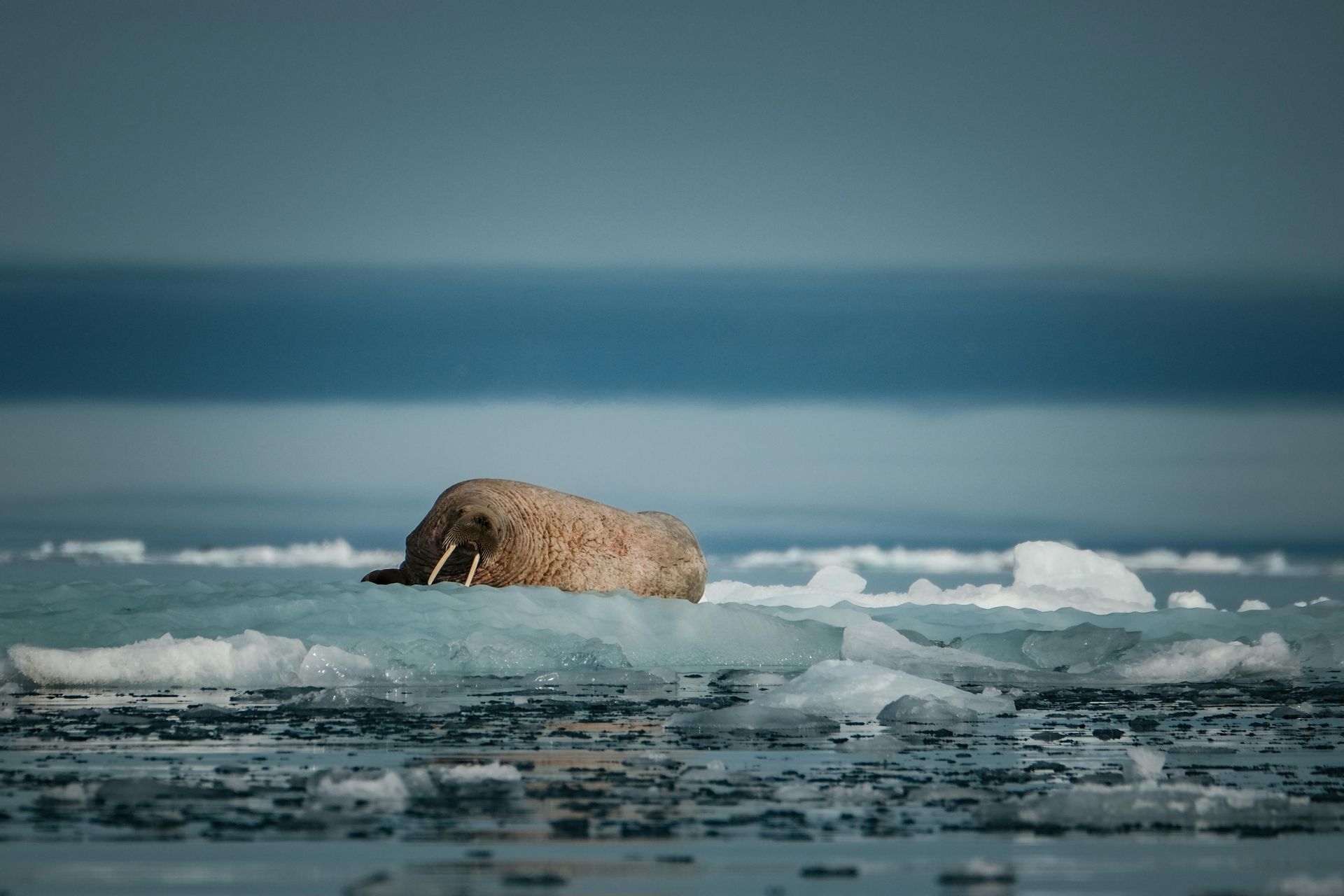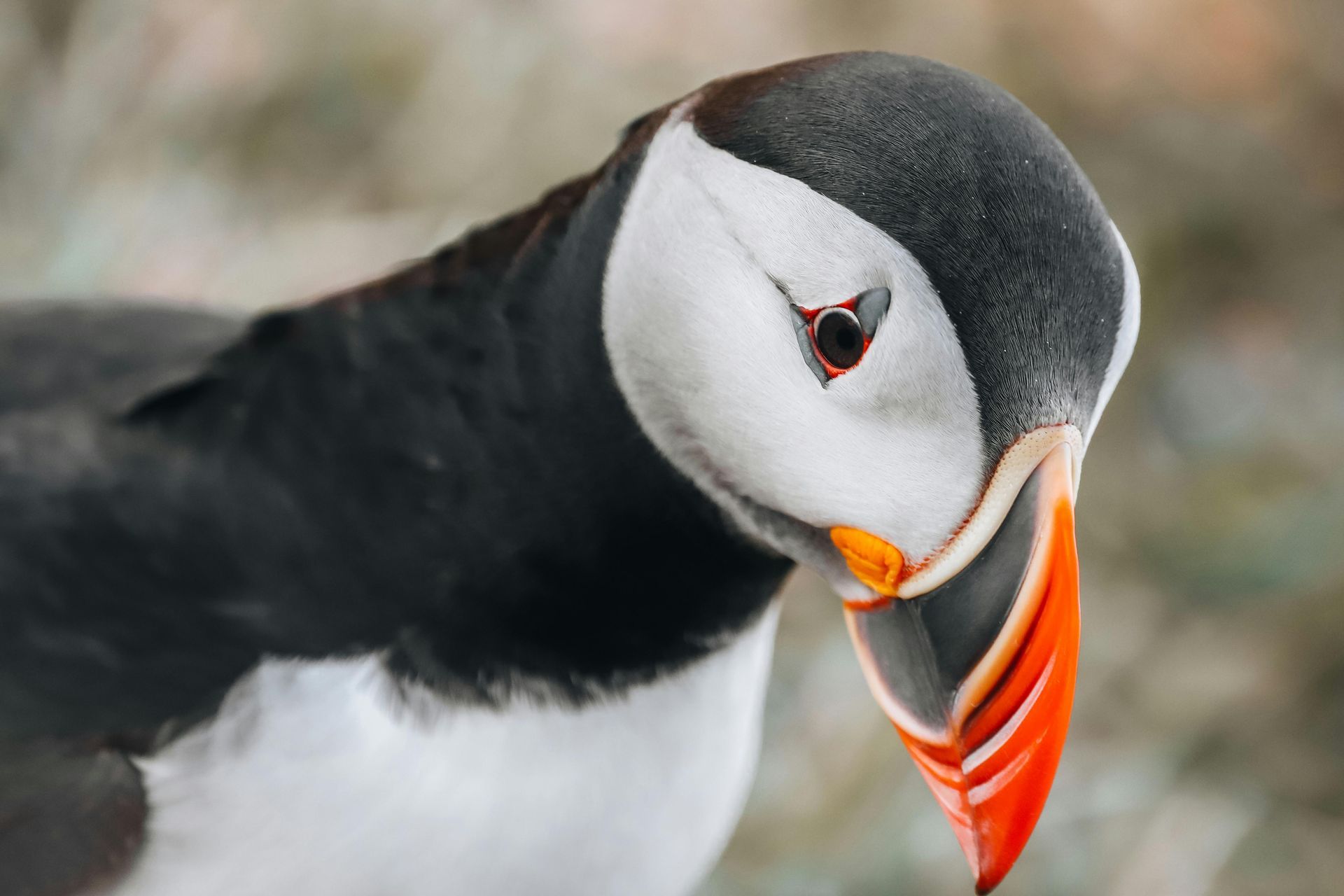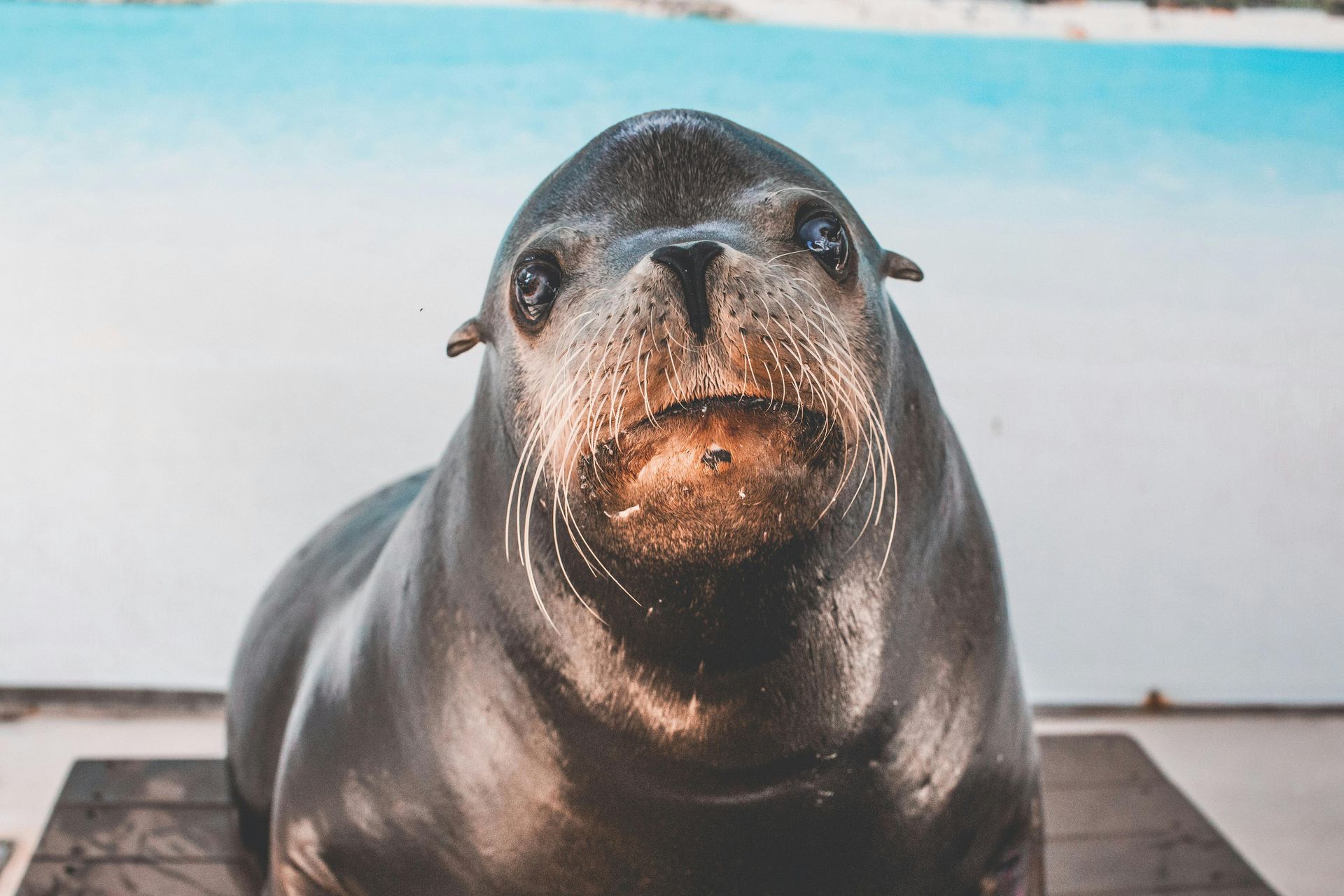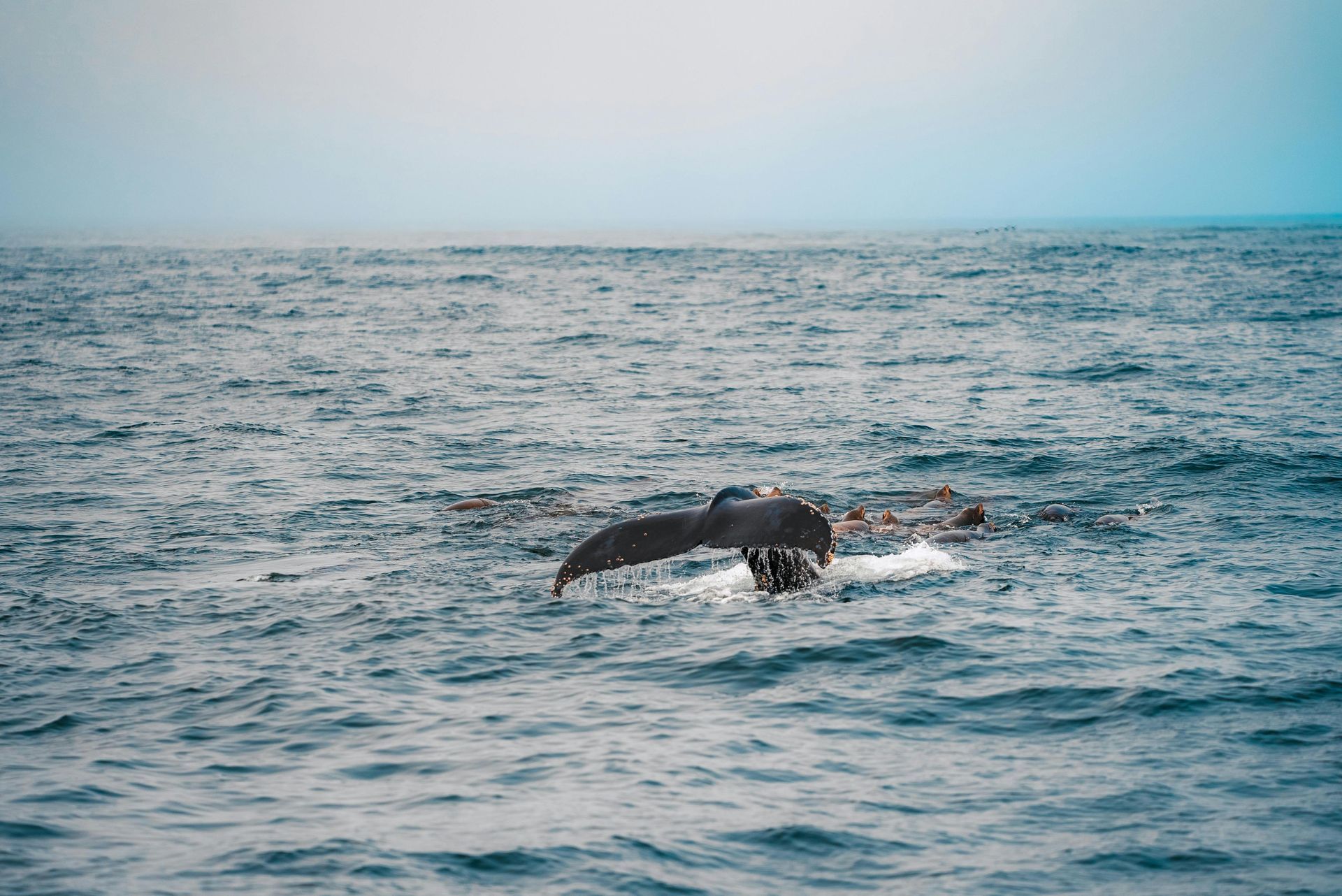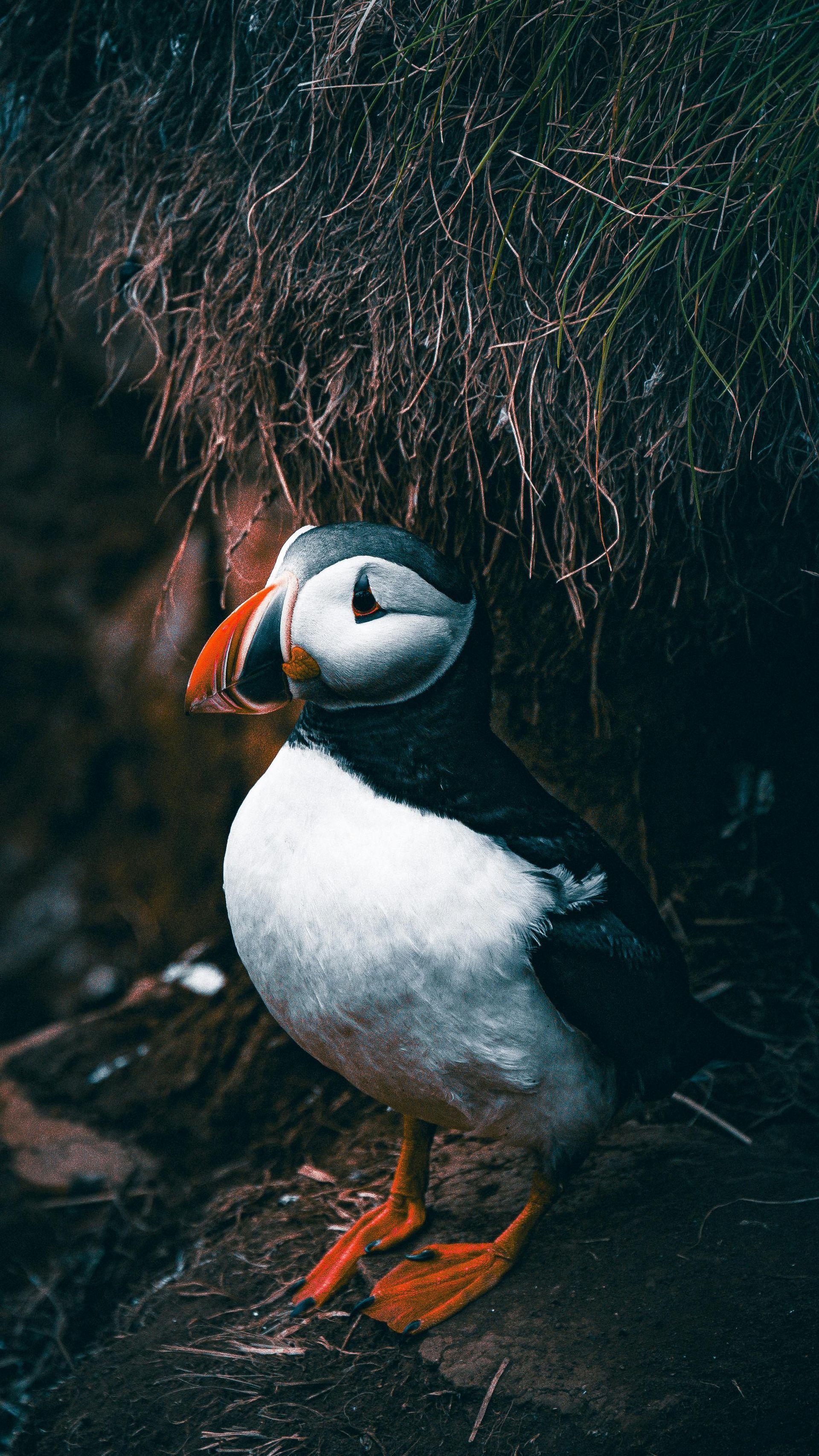Safety Rules to Remember in August
Safety Rules to Remember in August

August in Svalbard marks the height of summer, with the Arctic landscape bursting into life and offering some of the most accessible and enjoyable conditions of the year. While temperatures are at their peak, the Arctic environment still demands respect and careful preparation. Layered clothing remains essential, as cool winds can make even a sunny day feel chilly. Waterproof outerwear is crucial for sudden rain showers or splashy boat excursions.
Wildlife remains a central attraction in August, with opportunities to spot polar bears, Arctic foxes, and walruses at their most active. However, proximity to animals can be dangerous. Always travel with a guide who understands wildlife behavior and can maintain a safe distance. Never approach or feed animals, as this can disrupt their natural habits and endanger both you and them.
Water-based activities such as kayaking and boat tours are particularly popular in August. The fjords are largely ice-free, making exploration easier. However, the Arctic waters are still extremely cold, and safety measures are non-negotiable. Always wear a life jacket, and consider a dry suit for additional protection. Choose reputable operators who are equipped to handle emergencies and follow proper safety protocols.
Hiking is another highlight of August, as trails are dry and the tundra is teeming with summer flora. Stick to designated paths to protect the delicate environment and avoid getting lost. Carry a detailed map or GPS device, and inform someone of your plans before heading out. Even in summer, weather conditions can change rapidly, so be prepared with essentials like a rain jacket, water, and high-energy snacks.
Polar bears remain a concern, especially for those venturing into less populated areas. Carrying bear deterrents such as flares or firearms is mandatory when traveling outside of settlements. Guides are trained to handle bear encounters and can provide a safer and more informative experience. Always stay alert and follow established safety guidelines to minimize risk.
The Arctic's extended daylight hours continue in August, making it easy to lose track of time. While the midnight sun fades towards the end of the month, the long days still demand careful planning. Ensure you pack sunglasses and sunscreen to protect against UV exposure, and use an eye mask to help with sleep. Fatigue can lead to mistakes, so regular rest is essential.
Weather in August can be relatively mild, but storms and sudden temperature drops are not uncommon. Always check forecasts and prepare for the unexpected. A small daypack with essentials such as a first-aid kit, extra clothing, and food can be a lifesaver during excursions. Stay hydrated and pay attention to your body's needs, as the Arctic's dry air can cause dehydration.
August provides an unparalleled opportunity to experience Svalbard's unique beauty and abundant wildlife. By respecting safety guidelines and the fragile environment, you can create unforgettable memories while ensuring a secure and enriching adventure.



